What is stagflation and what can be done about it?
The UK is grappling with persistent inflation and lacklustre growth. Has it entered a period of stagflation, and what can be done if so?
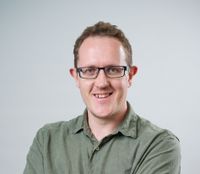

Stagflation is one of the most-feared words among economists and policymakers. With the UK struggling to revitalise growth, and with inflation proving stubborn, though, is the UK sleepwalking into stagflation?
Inflation jumped to 3% in January, though it cooled slightly the following month, slowing to 2.8%. The Bank of England targets a rate of 2%, so while inflation is not out of control, it is well above the government’s target.
Meanwhile, UK GDP figures showed that the economy went into reverse in January. There are now fears that Donald Trump’s tariff regime could push the UK into recession thanks to its sweeping impact on global trade.
MoneyWeek
Subscribe to MoneyWeek today and get your first six magazine issues absolutely FREE

Sign up to Money Morning
Don't miss the latest investment and personal finances news, market analysis, plus money-saving tips with our free twice-daily newsletter
Don't miss the latest investment and personal finances news, market analysis, plus money-saving tips with our free twice-daily newsletter
“The latest economic numbers show the UK economy is in lacklustre shape,” says Rob Morgan, chief investment analyst at Charles Stanley. “Having flatlined in the second half of last year, 2025 got off to an inauspicious start with a contraction of 0.1% in January.
“The inflation picture is very cloudy with trade frictions poised to increase prices,” Morgan adds.
This combination of stagnant or negative growth with inflation is referred to as stagflation (a portmanteau of ‘stagnation’ and ‘inflation’).
How does stagflation occur?
“Stagflation arises when there are rising prices in an economy, but no growth or stagnation,” Jane Sydenham, investment director at Rathbones Investment Management explains.
“In the UK, where the economy is growing slowly, services wage inflation has been persistently stronger than the average, as there have been skills shortages.
“Wage inflation in hospitality where many employees are lowly paid has been quite strong, and the increase in the minimum and living wage has added to that.”
Stagflation can have dire economic consequences, in no small part because it confounds the usual fiscal logic. Prices shouldn’t go up when we have less money to spend.
“Generally, inflation is accompanied by growth, as salaries and prices usually rise in response to growing demand,” said Sydenham, adding that stagnation is “damaging, because costs rise, but there is no growth to compensate for rising costs, and so the economy becomes less productive”.
What can central banks, policymakers and government do about stagflation?
Stagflation is a tricky problem for governments and economists to solve. Inflation usually results from too much economic activity, while stagnation usually results from too little.
The policy levers that governments and central banks use to combat them are therefore opposites.
The usual solution for a weakening economy is to cut interest rates, thereby making borrowing cheaper and, hopefully, stimulating more activity, but the usual cure for high inflation is to hike interest rates in order to rein in spending.
These opposite ends of the scale – economic contraction versus inflation – are what central bankers typically try to balance when deciding where to set interest rates.
Tackling both together is therefore extremely difficult.
“In general terms, governments need to stimulate growth, through tax breaks and investment incentives,” said Sydenham.
Could tariffs cause stagflation?
Tariffs effectively constitute taxes on imports, and universal tariff schemes like those Donald Trump announced on 2 April have the potential to severely disrupt global trade patterns.
“Tariffs and trade wars (or wars of any sort) are not good for the global interconnected economies and world we live in,” Raymond Backreedy, chief investment officer at Sparrows Capital, tells MoneyWeek.
“Past evidence and data (1920s) has shown that isolationist policies tend to dampen global growth and push up inflation, neither of which is good for the economy,” he adds.
“There is no doubt that the 10% tariff on goods and 25% on cars will have a negative impact on an already faltering economy and is likely to both increase the chances of a recession and create an even greater headache for a chancellor already seeing the walls of her fiscal rules closing in around her,” says Phil Jenkins, CEO of corporate finance firm Centrus.
Can government policy counter tariffs and stagflation?
The political backdrop to the tariff imposition is a nightmare for the Labour government.
“This blows the economic assumptions and projections made by the OBR in the recent Spring Statement out of the water,” says Morgan. “The newly pencilled-in growth estimate of 1% for this year now seems like a remarkably high bar. The OBR itself warned that a trade war scenario would see growth 0.6% lower than forecast in 2025 and 1% lower next year.”
Chancellor Rachel Reeves has stated repeatedly that growing the UK economy is her number one priority, but her self-imposed fiscal rules leave her with very little spending power in order to catalyse this.
Some believe that the government could take a more active role in industrial policy in order to alleviate some of this pressure, or to adjust those fiscal rules – something which, so far, Reeves has insisted she is unwilling to do.
“If the UK government ever needed air cover to embark on a more muscular and interventionist level of industrial policy, potentially accompanied by an opportunistic loosening of its self-imposed fiscal rules (as Germany has recently done) to facilitate this, now may well be the moment," said Jenkins.
Reeves denied that she would loosen her fiscal rules during a speech to the House of Commons on 8 April: “The fiscal rules are very important for giving our country the stability it needs.
“We saw what happened when the previous Government lost control of the public finances: it resulted in interest rates going through the roof, meaning higher costs for businesses and for working families.”.
As the situation develops, though, it’s possible that her hand could be forced.
How can you prepare for stagflation?
Kalpana Fitzpatrick, digital editor of MoneyWeek and author of Invest Now, said: “Persistent high inflation is not good news for cash savings, as the value of your cash can erode quickly if it can’t keep up with price rises.
“But it is still important to hold cash savings, especially during turbulent times. Everyone should look to hold onto at least six months’ worth of income as emergency cash savings. This is money you can use to help pay for unexpected costs – anything from losing your job to a broken boiler.”
Fitzpatrick added: “If you don’t have an emergency fund, now is the time to build one as we continue to face price rises and stagflation. Always keep emergency money in an easy-access savings account.
“If you have investments, stagflation could mean a squeeze on profit margins and you may see the value of your investments go down. Although this can cause concern, the key thing is not to panic or take your money out. Stock market ups and downs are normal in investing, and the best way to smooth out the returns is to continue drip-feeding small amounts into your investments each month and ride out the storm.”
Backreedy echoes these points and stresses the need for diversification.
“One should remain invested and allocate according to the strategic asset allocation that best suits the end investor risk appetite, drawdown and tolerance for loss,” he told MoneyWeek. “We emphasise a globally diversified multi asset portfolio, where the main return/risk drivers are from listed equities and defensive assets are from high quality global sovereign short to mid duration bonds.”
Get the latest financial news, insights and expert analysis from our award-winning MoneyWeek team, to help you understand what really matters when it comes to your finances.

Dan is a financial journalist who, prior to joining MoneyWeek, spent five years writing for OPTO, an investment magazine focused on growth and technology stocks, ETFs and thematic investing.
Before becoming a writer, Dan spent six years working in talent acquisition in the tech sector, including for credit scoring start-up ClearScore where he first developed an interest in personal finance.
Dan studied Social Anthropology and Management at Sidney Sussex College and the Judge Business School, Cambridge University. Outside finance, he also enjoys travel writing, and has edited two published travel books.
-
 Why pension transfers are so tricky
Why pension transfers are so trickyInvestors could lose out when they do a pension transfer, as the process is fraught with risk and requires advice, says David Prosser
-
 The political economy of Clarkson’s Farm
The political economy of Clarkson’s FarmOpinion Clarkson’s Farm is an amusing TV show that proves to be an insightful portrayal of political and economic life, says Stuart Watkins
-
 The French economy's Macron bubble is bursting
The French economy's Macron bubble is burstingCheap debt and a luxury boom have flattered the French economy. That streak of luck is running out.
-
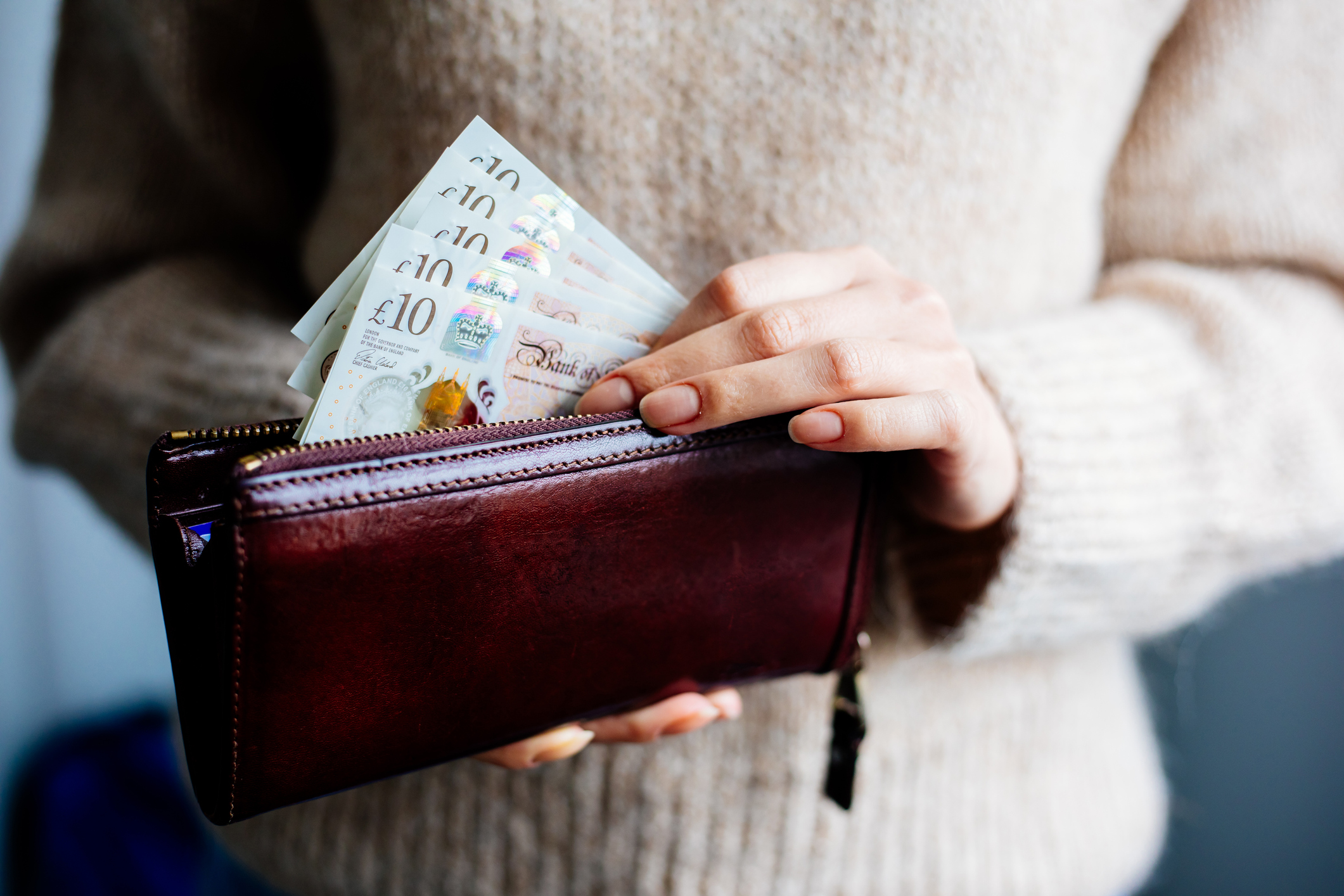 UK wages grow at a record pace
UK wages grow at a record paceThe latest UK wages data will add pressure on the BoE to push interest rates even higher.
-
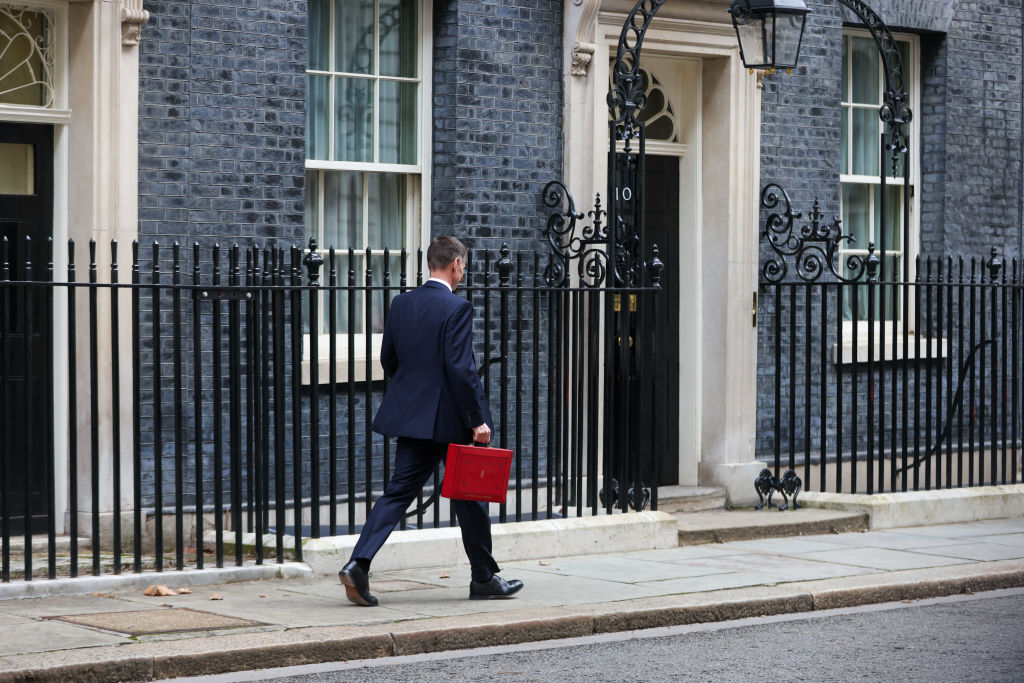 Trapped in a time of zombie government
Trapped in a time of zombie governmentIt’s not just companies that are eking out an existence, says Max King. The state is in the twilight zone too.
-
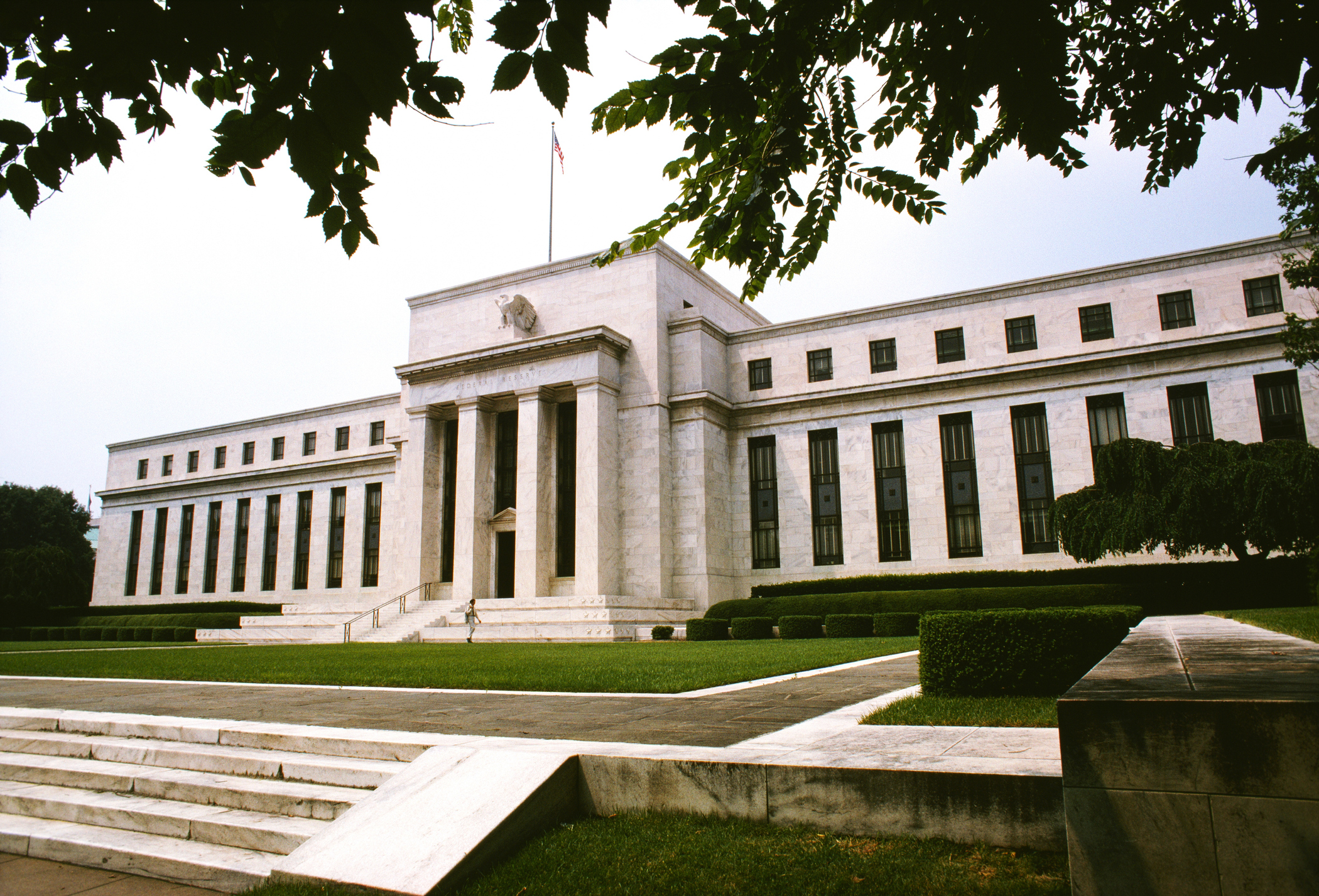 America is in deep denial over debt
America is in deep denial over debtThe downgrade in America’s credit rating was much criticised by the US government, says Alex Rankine. But was it a long time coming?
-
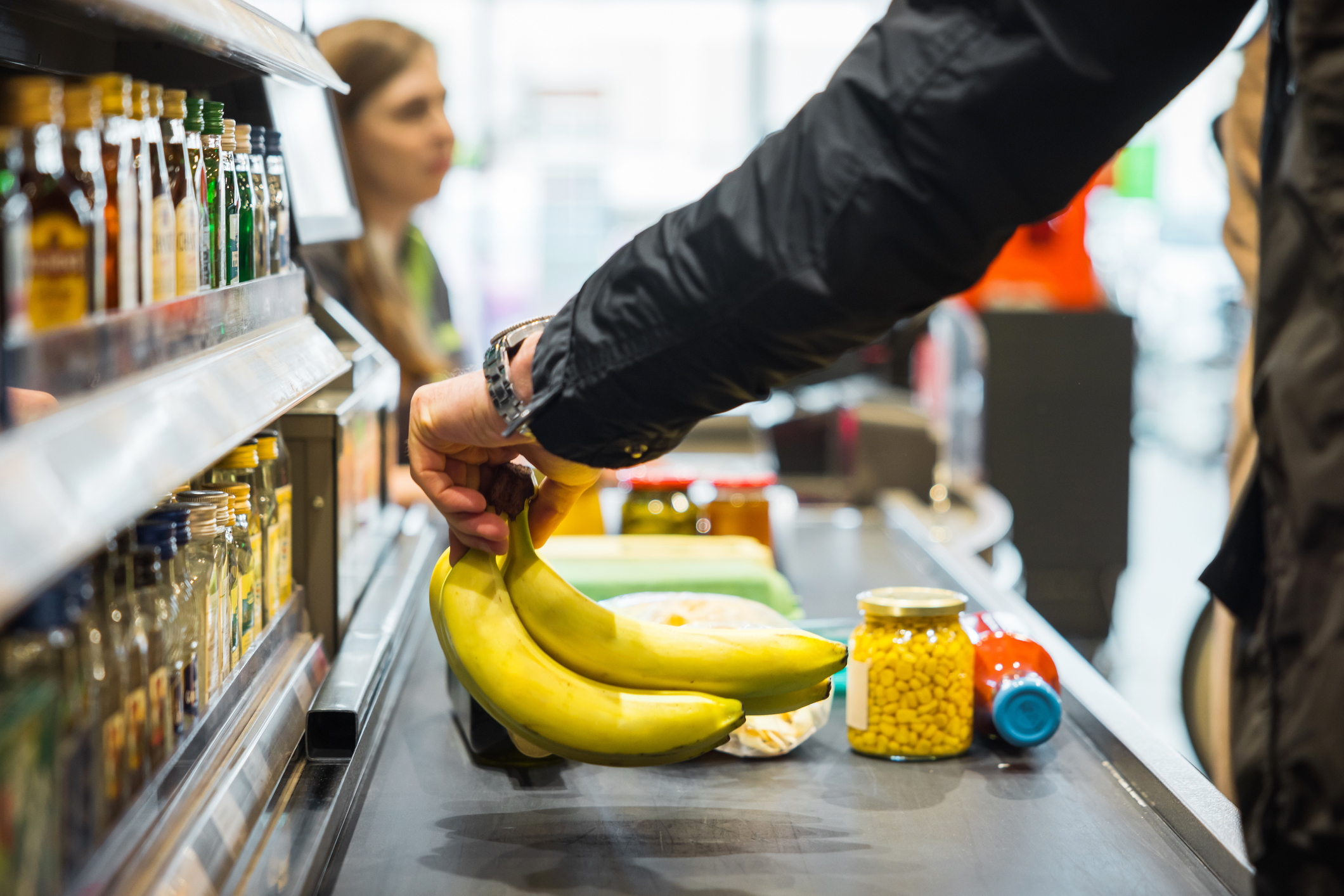 UK economy avoids stagnation with surprise growth
UK economy avoids stagnation with surprise growthGross domestic product increased by 0.2% in the second quarter and by 0.5% in June
-
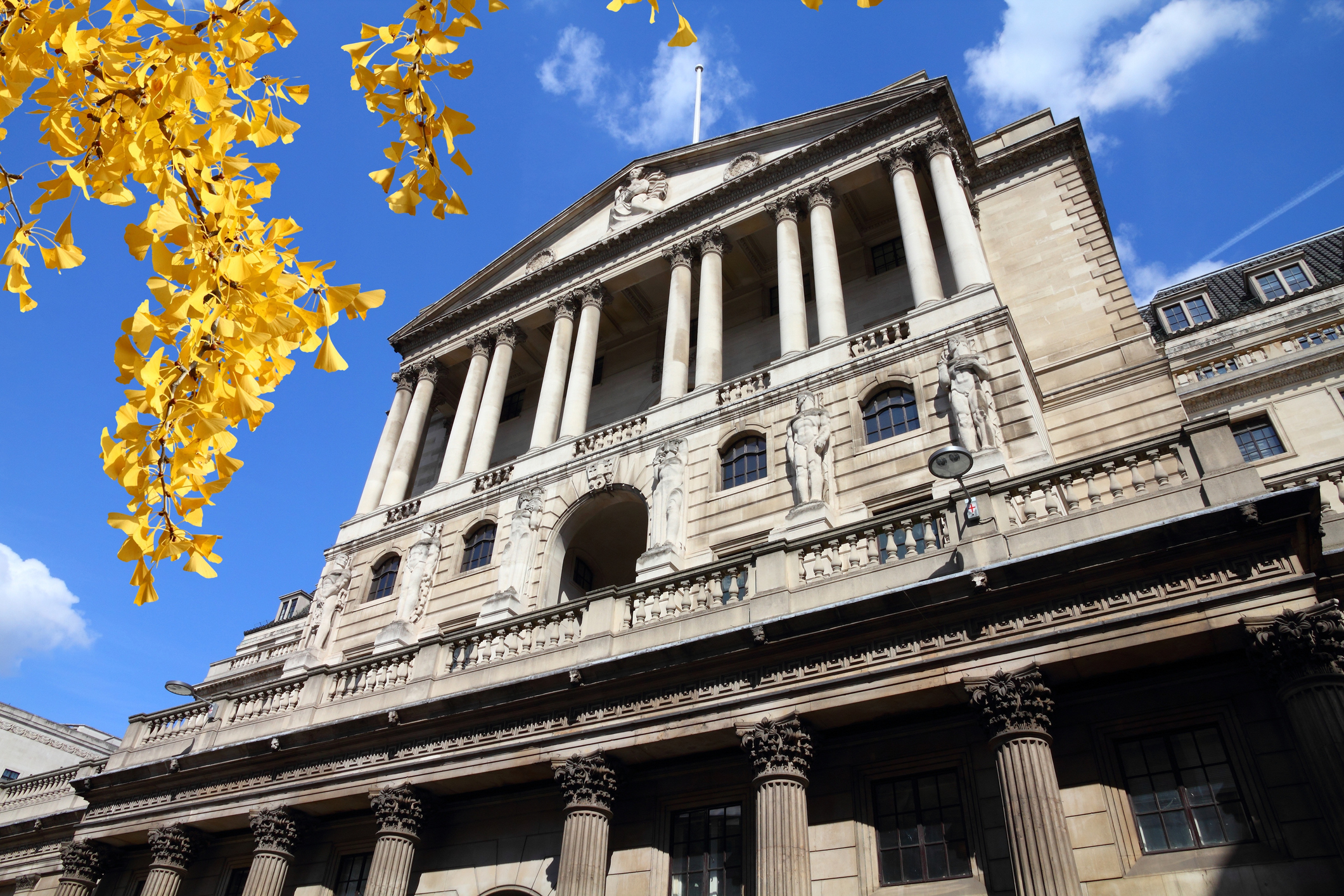 Bank of England raises interest rates to 5.25%
Bank of England raises interest rates to 5.25%The Bank has hiked rates from 5% to 5.25%, marking the 14th increase in a row. We explain what it means for savers and homeowners - and whether more rate rises are on the horizon
-
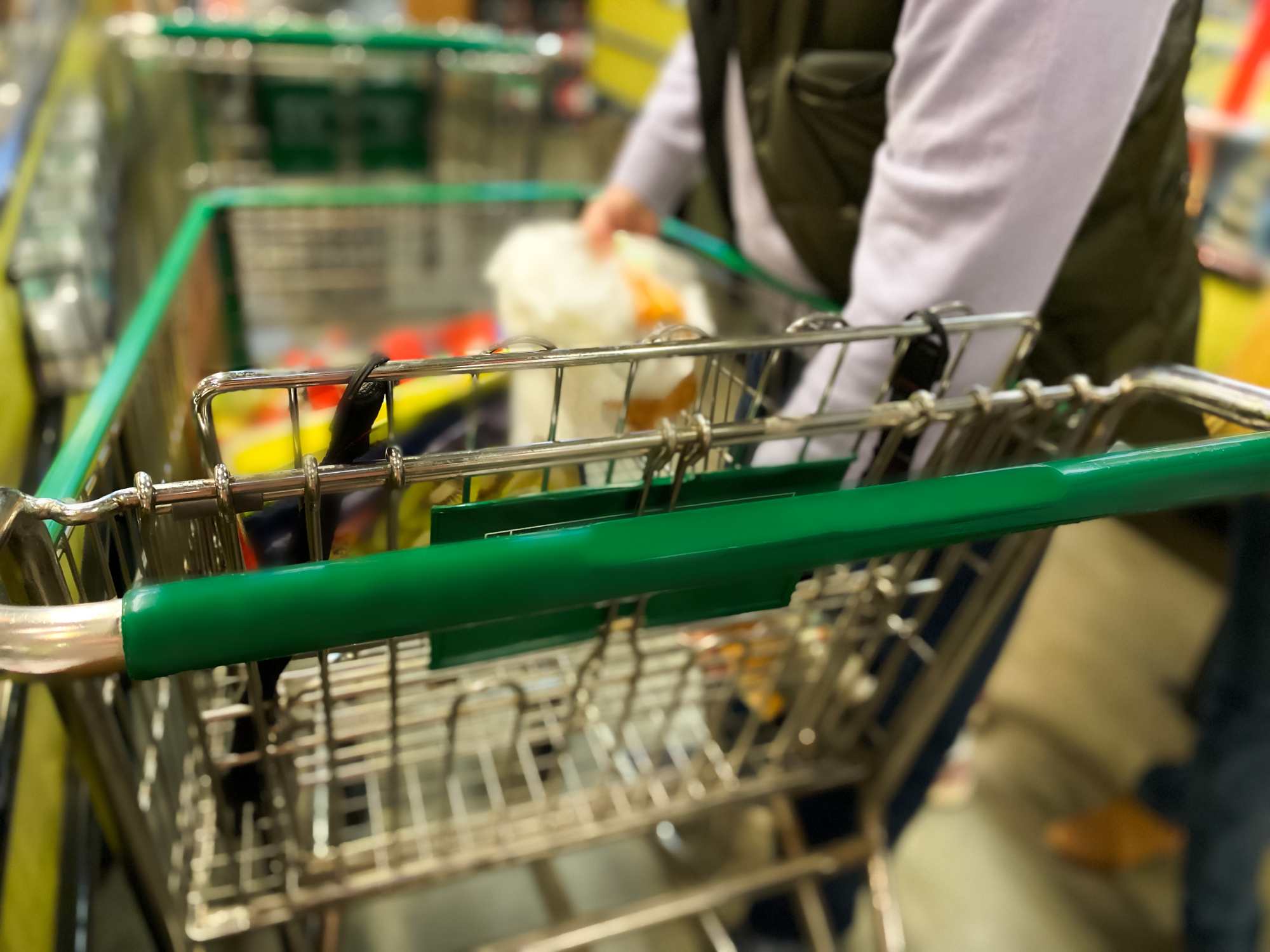 UK inflation remains at 8.7% ‒ what it means for your money
UK inflation remains at 8.7% ‒ what it means for your moneyInflation was unmoved at 8.7% in the 12 months to May. What does this ‘sticky’ rate of inflation mean for your money?
-
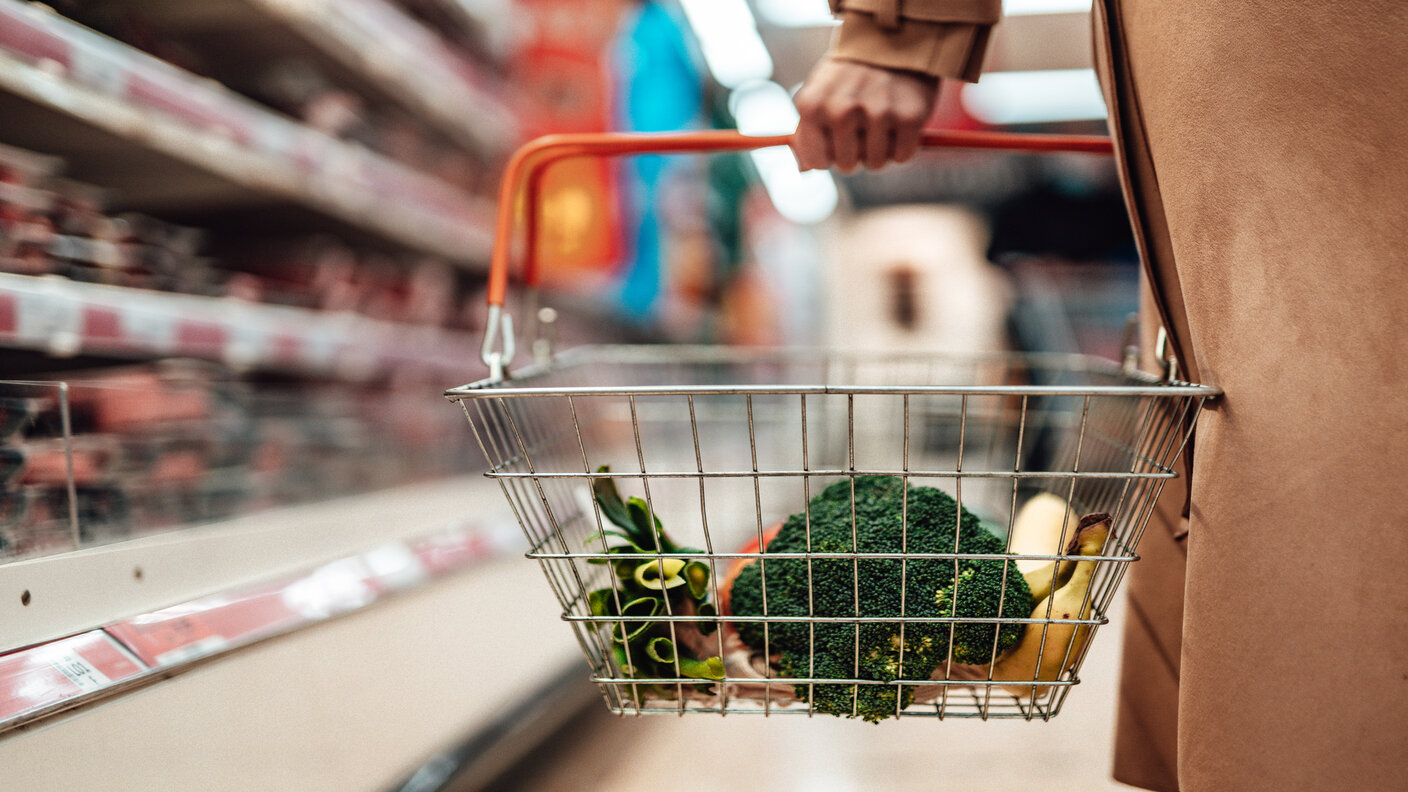 Would a food price cap actually work?
Would a food price cap actually work?Analysis The government is discussing plans to cap the prices of essentials. But could this intervention do more harm than good?